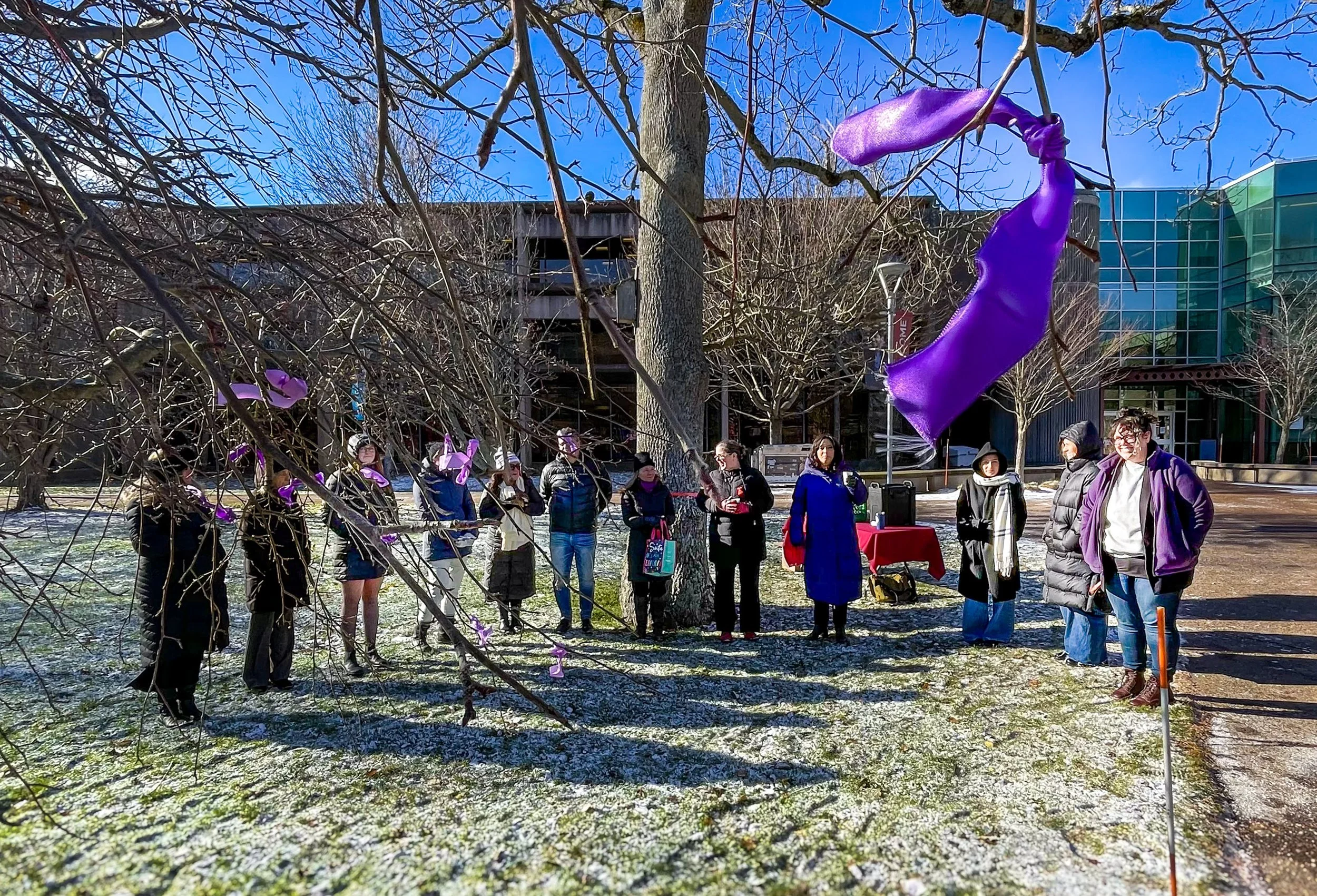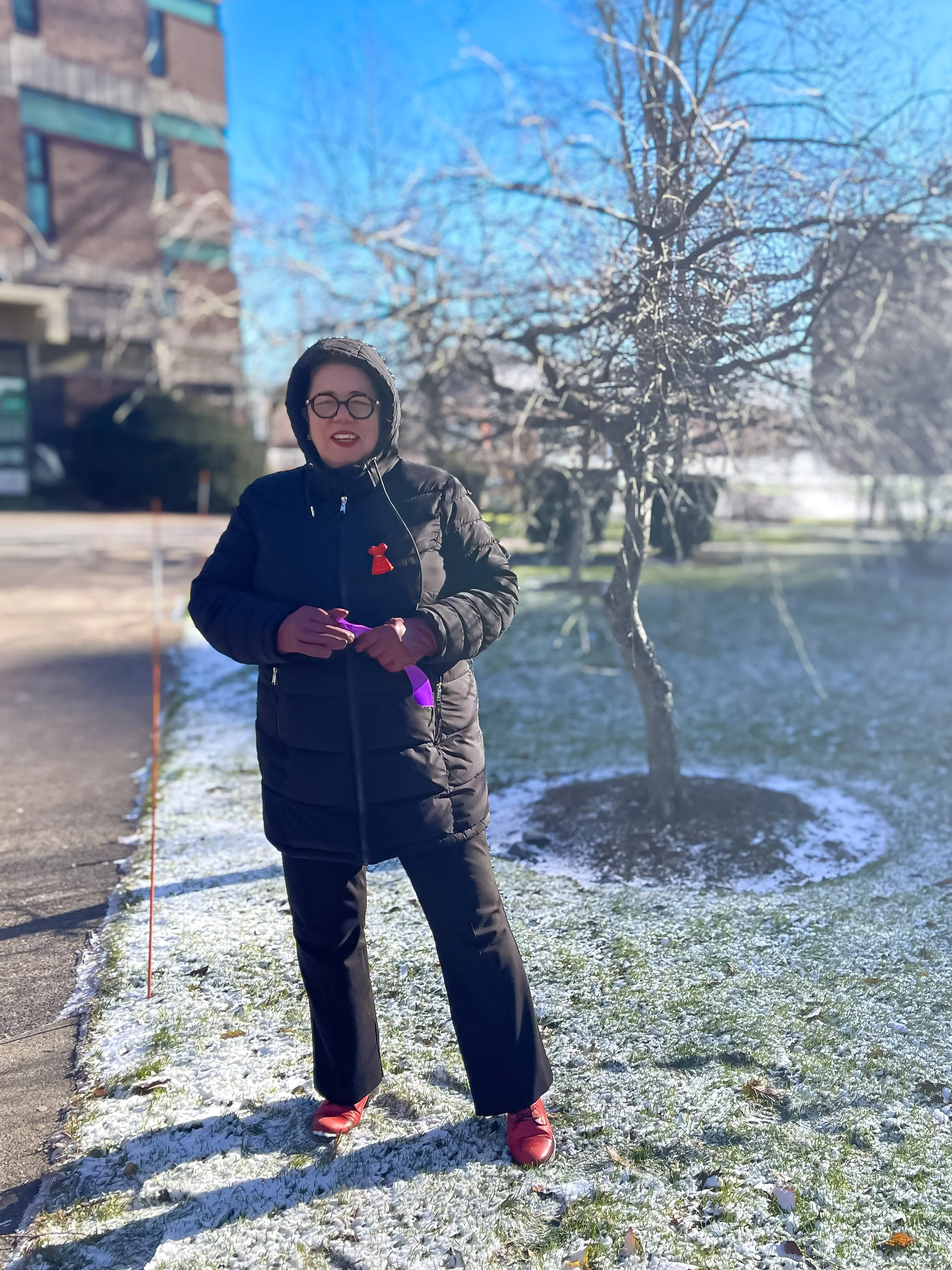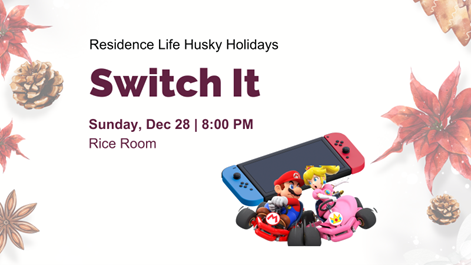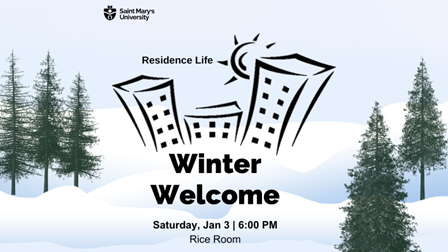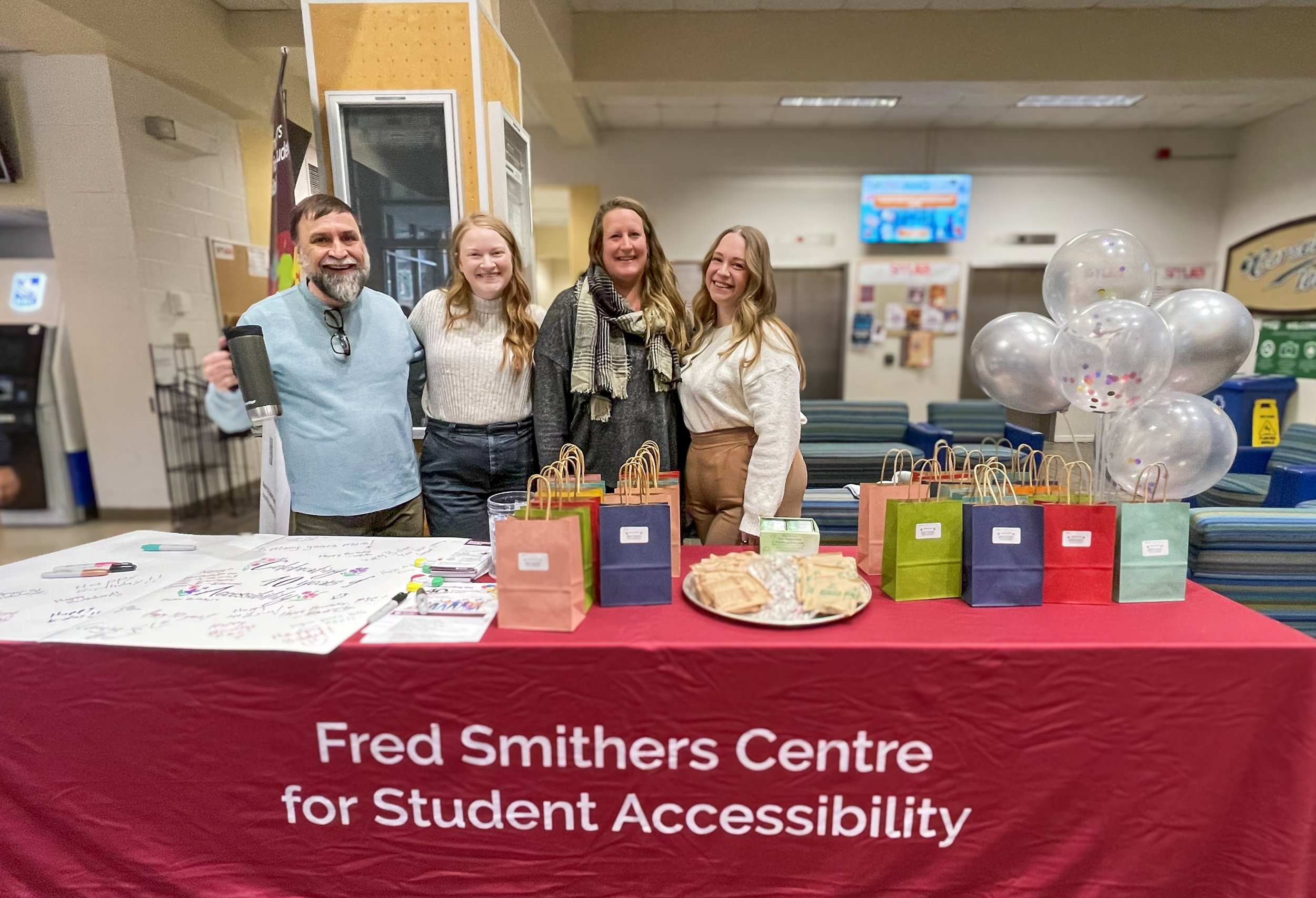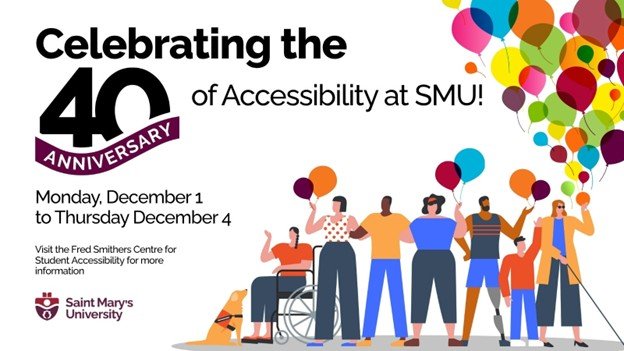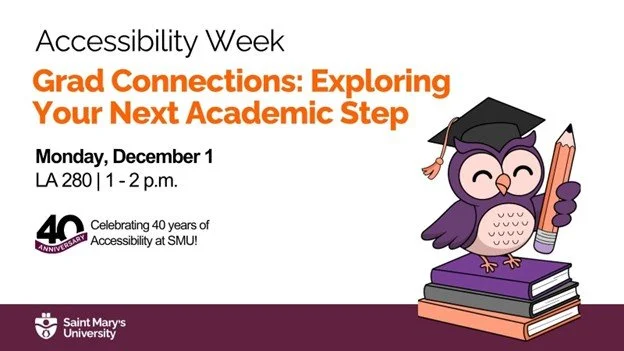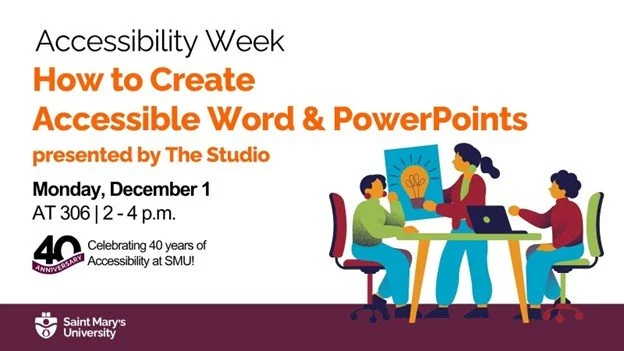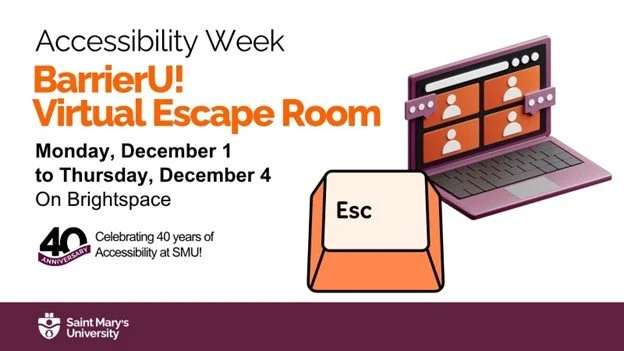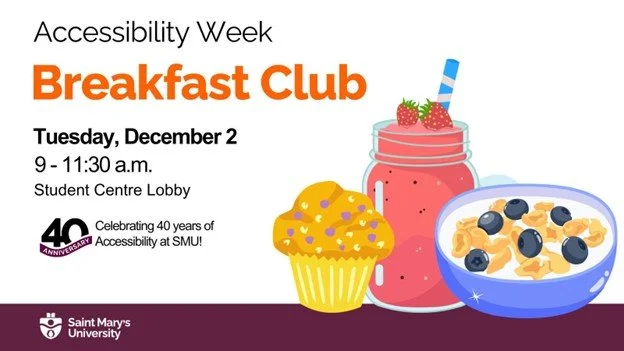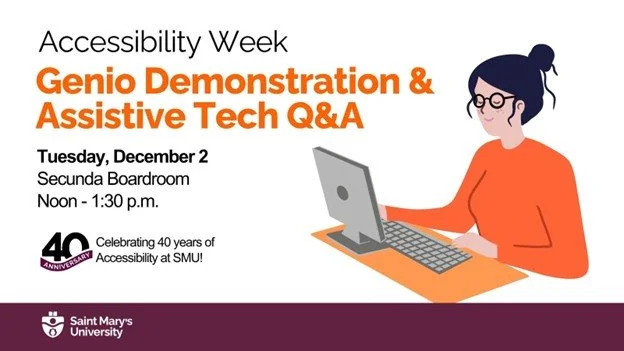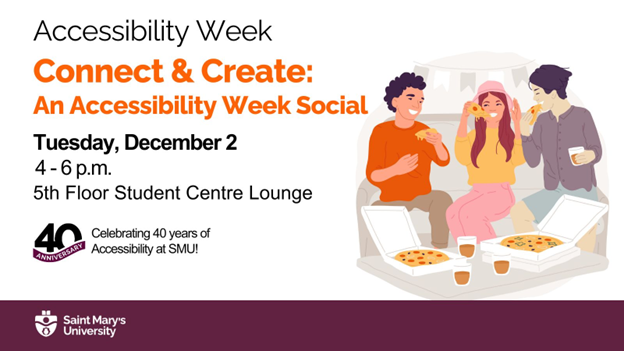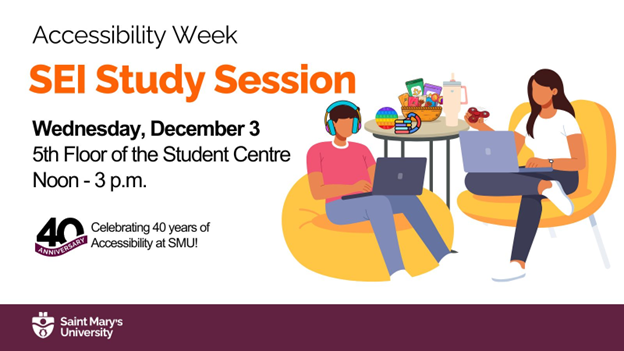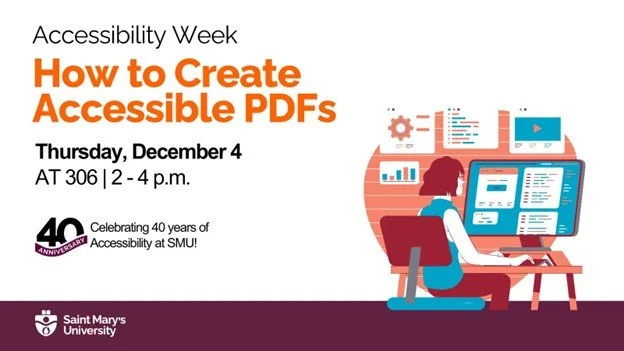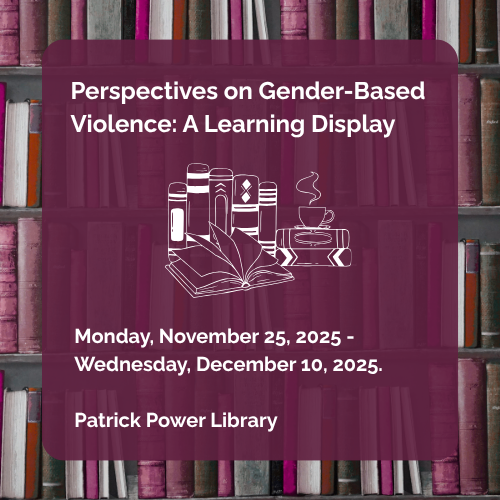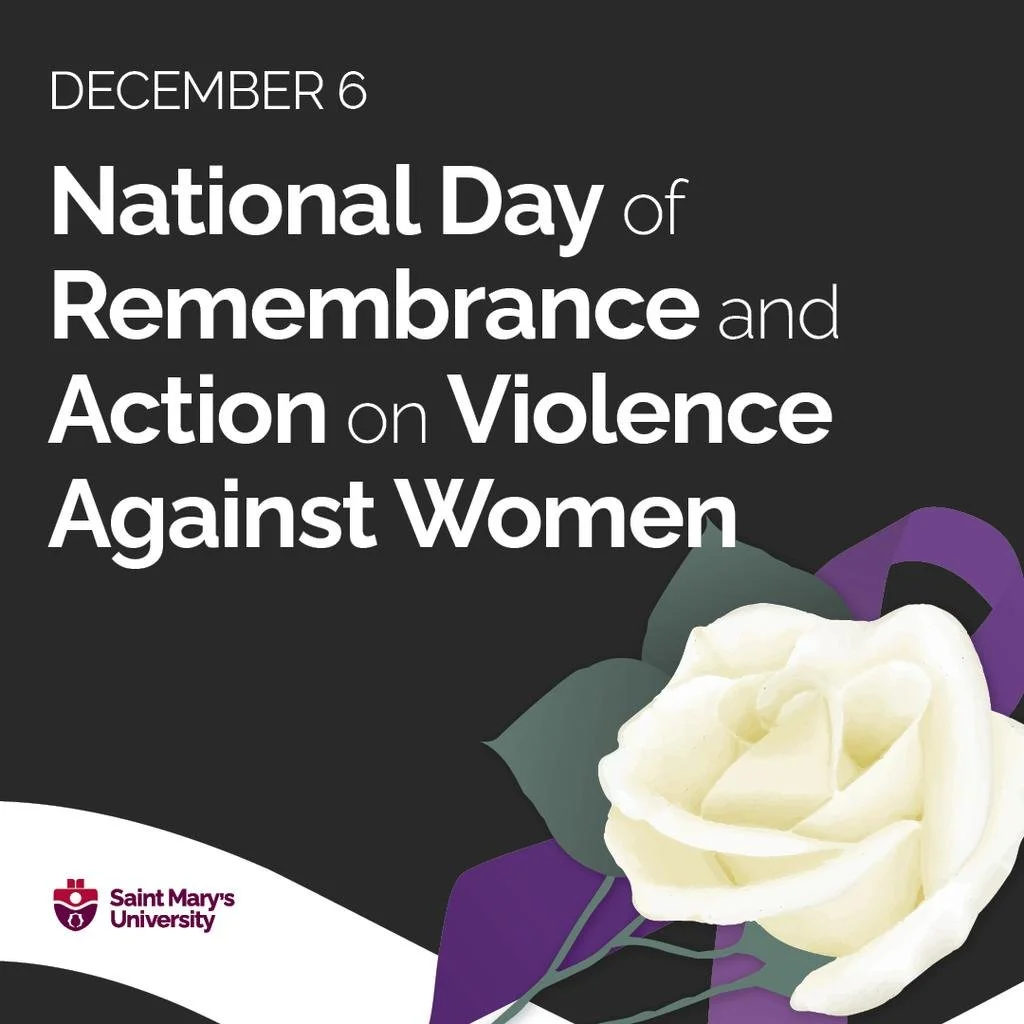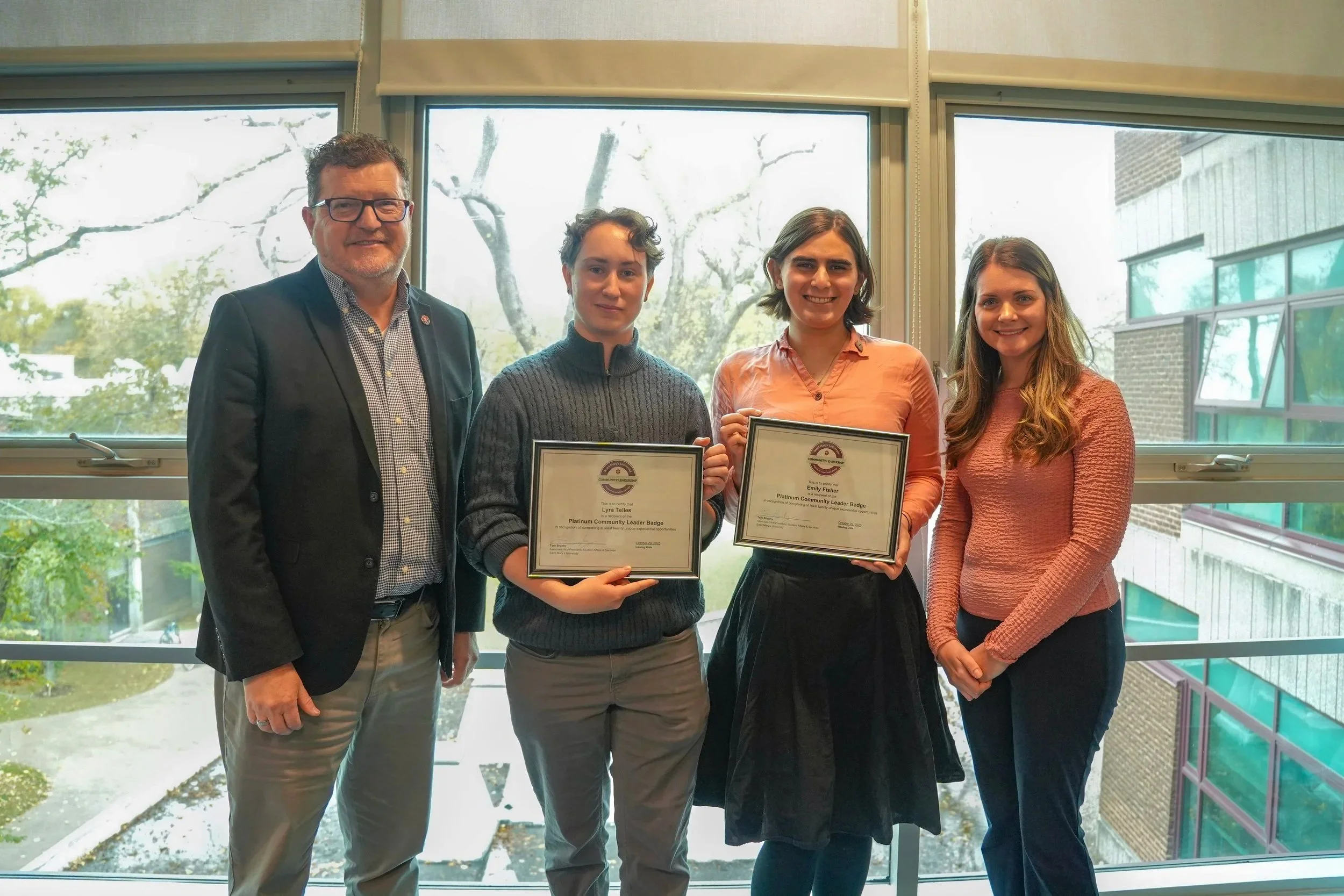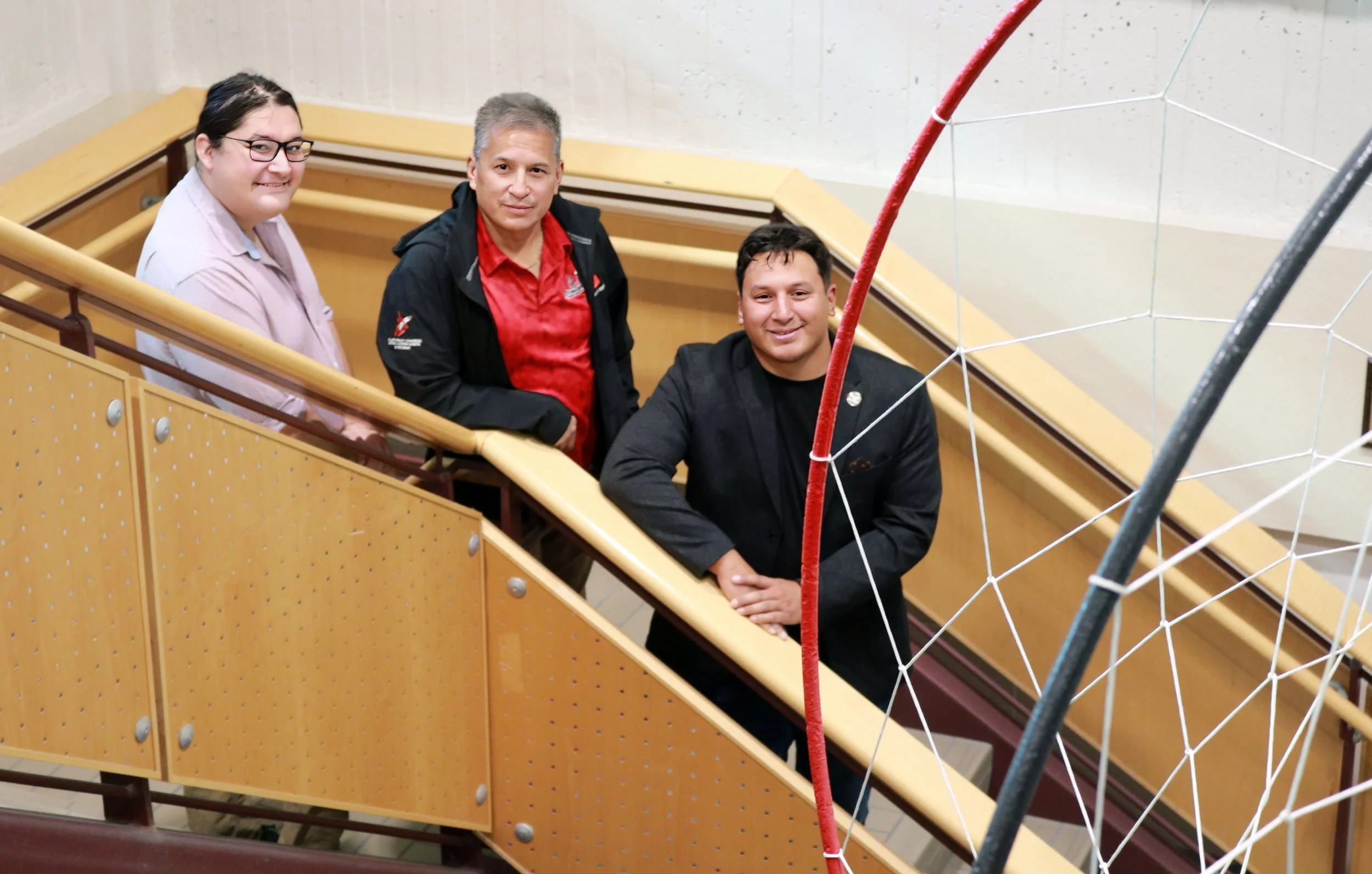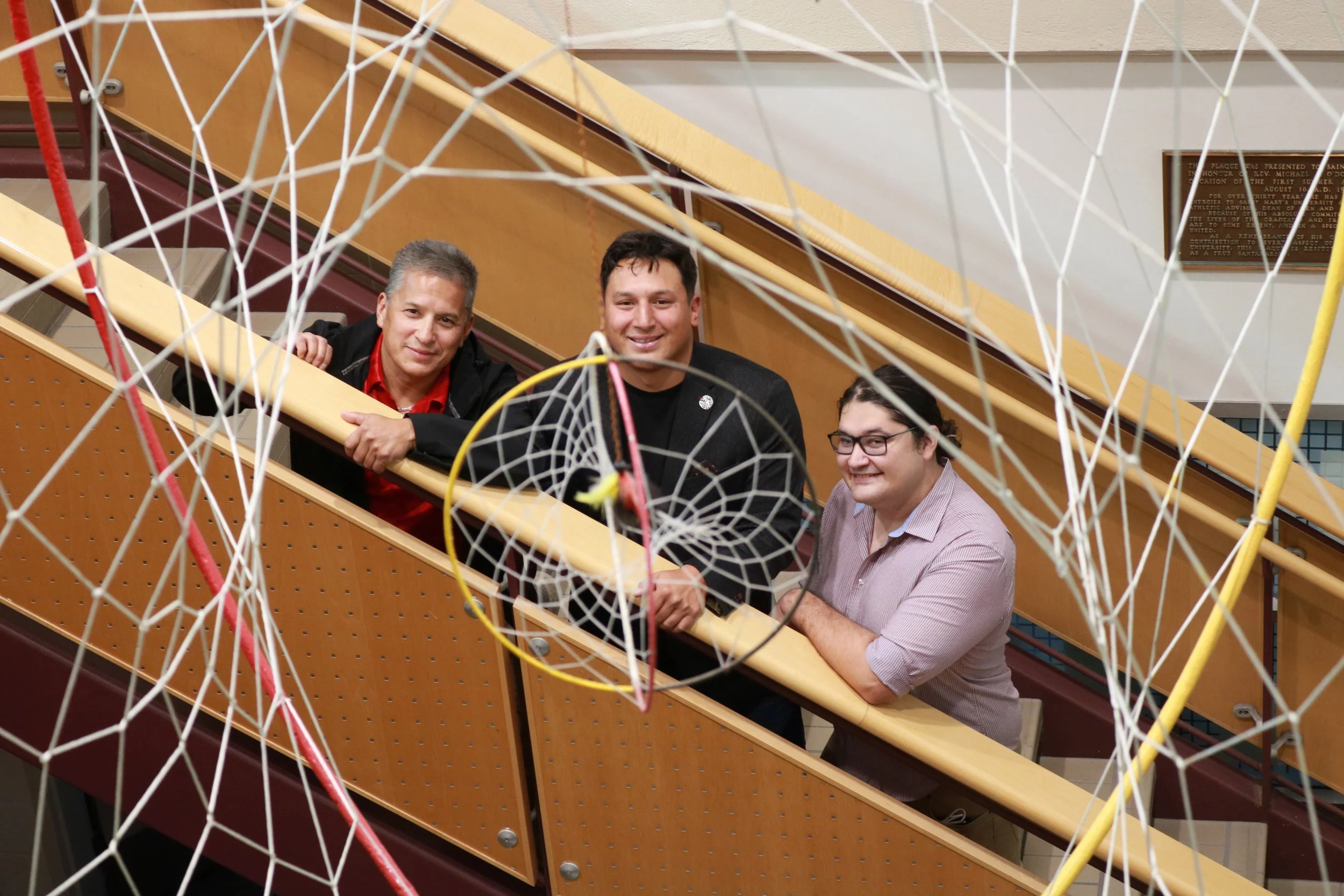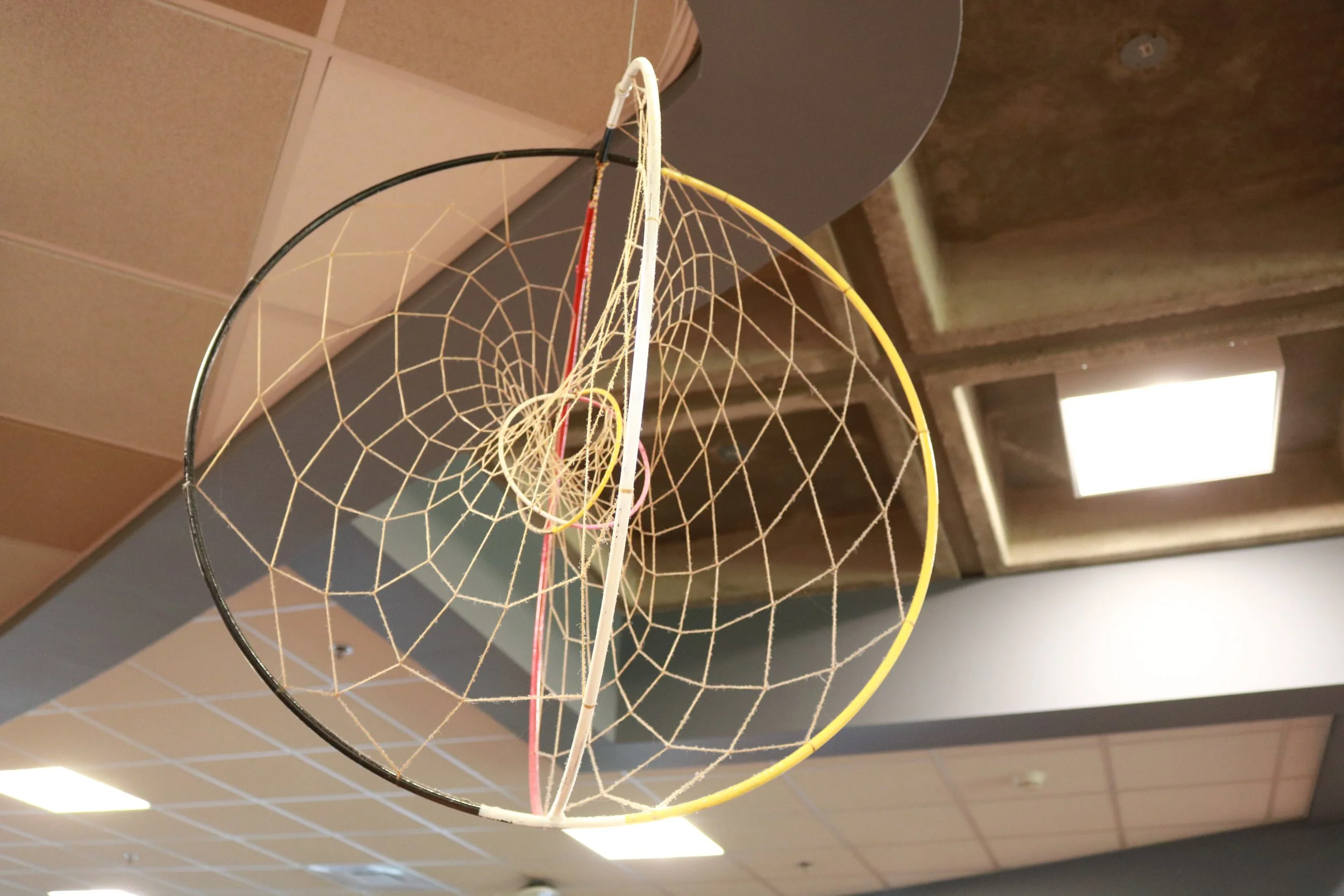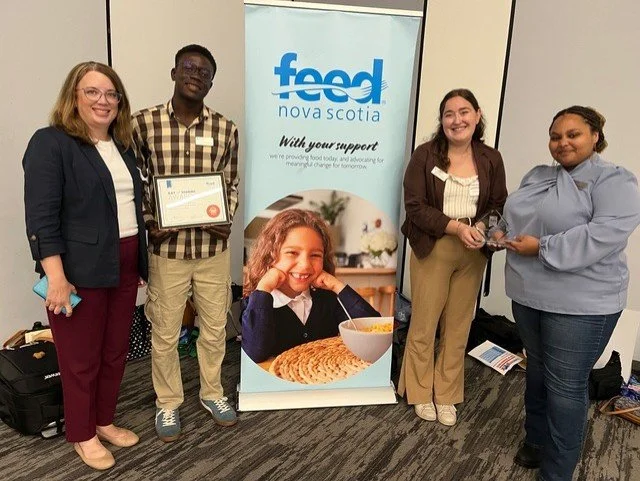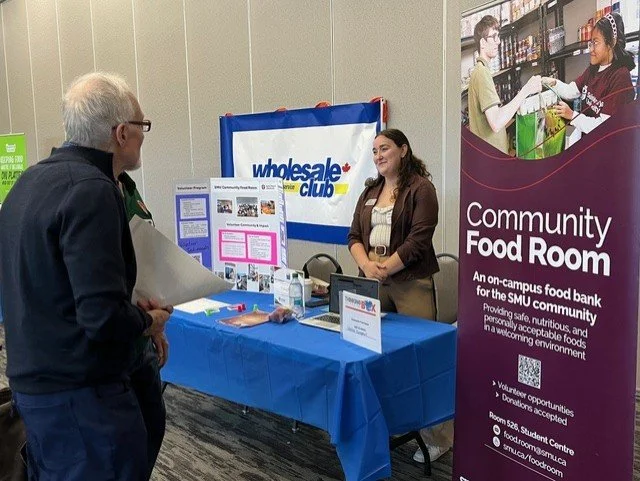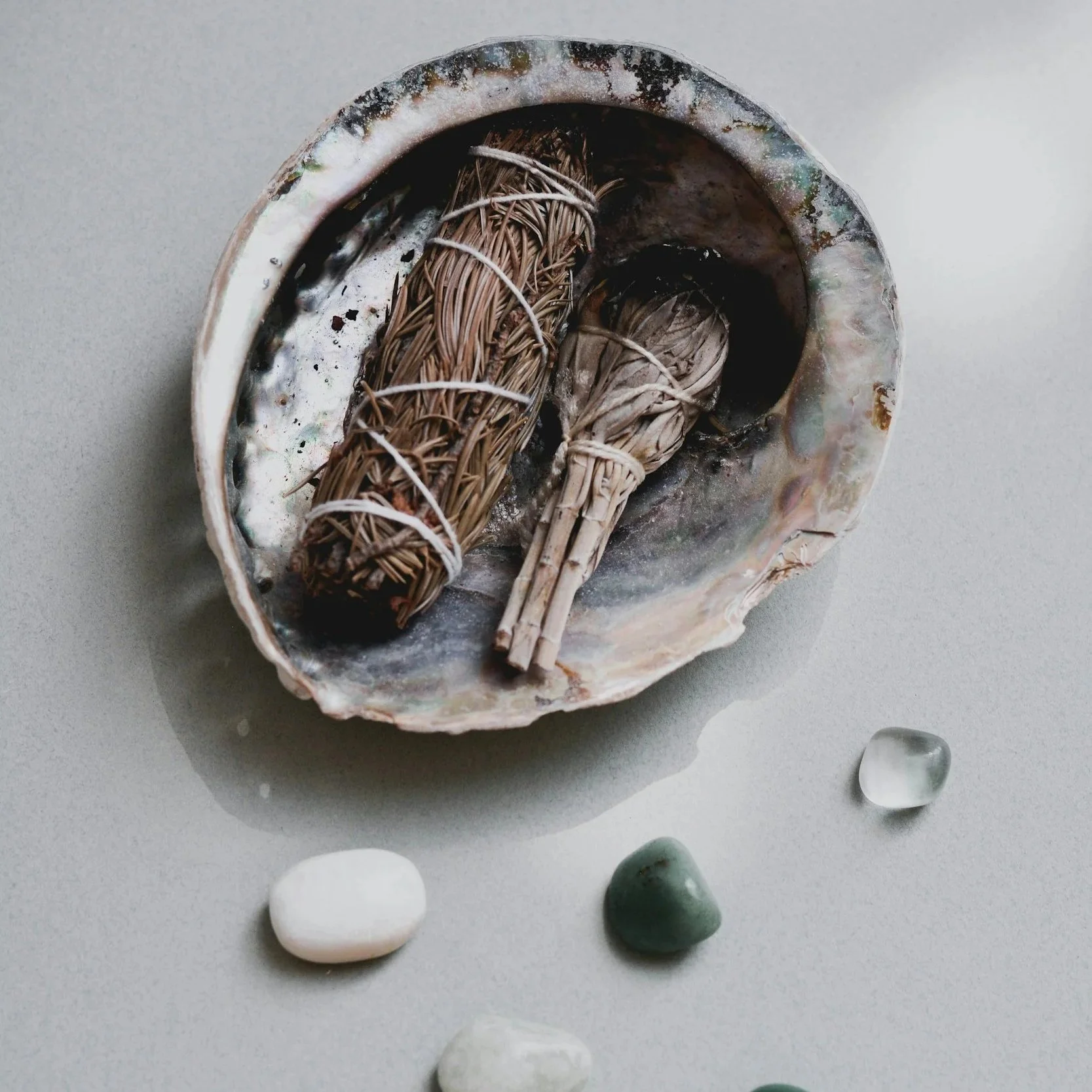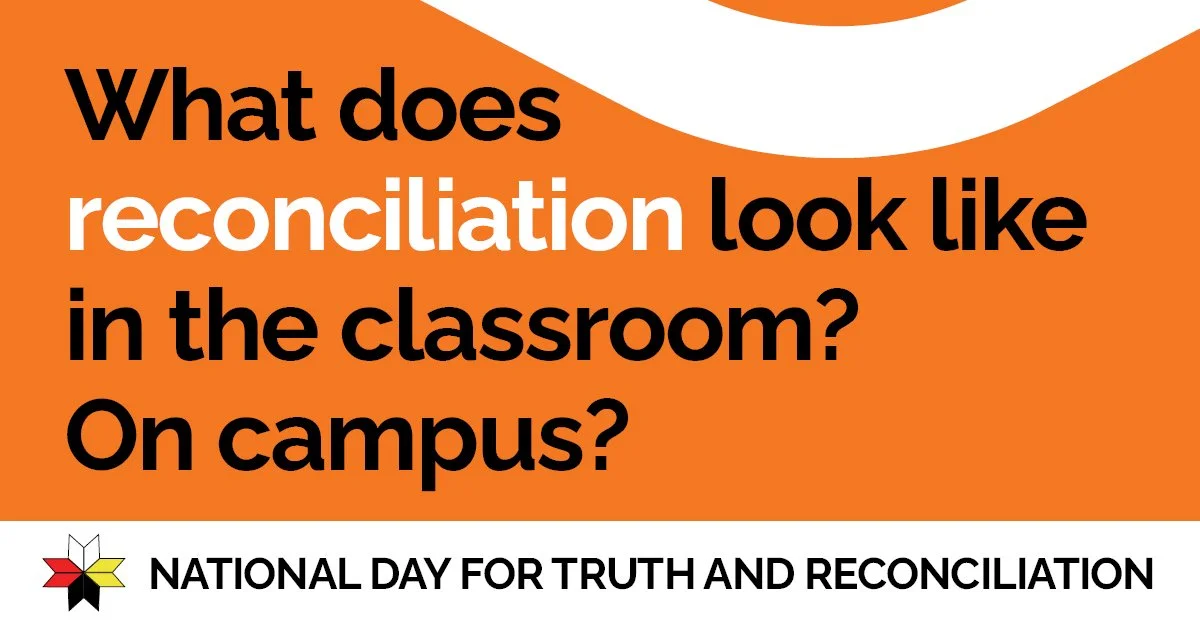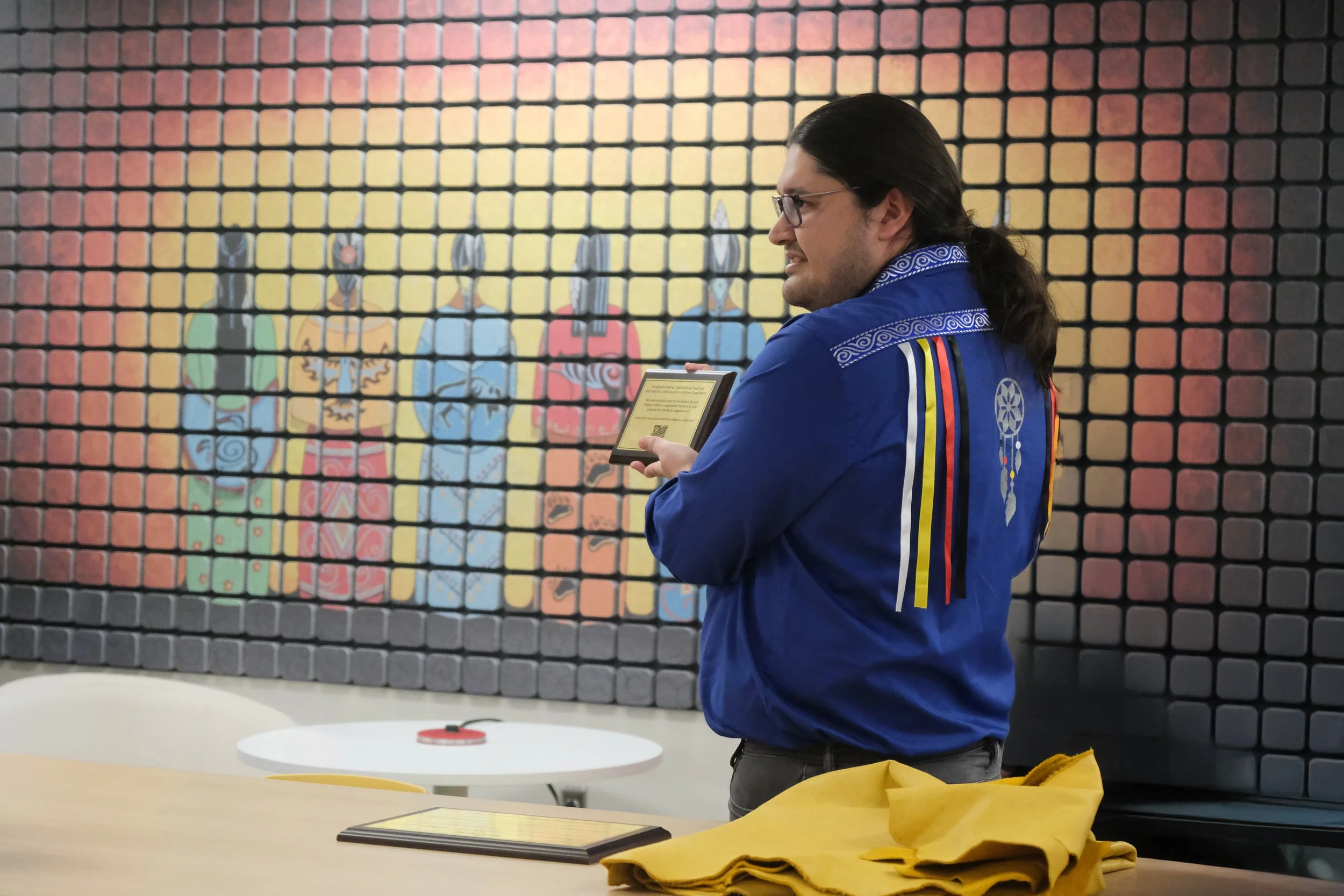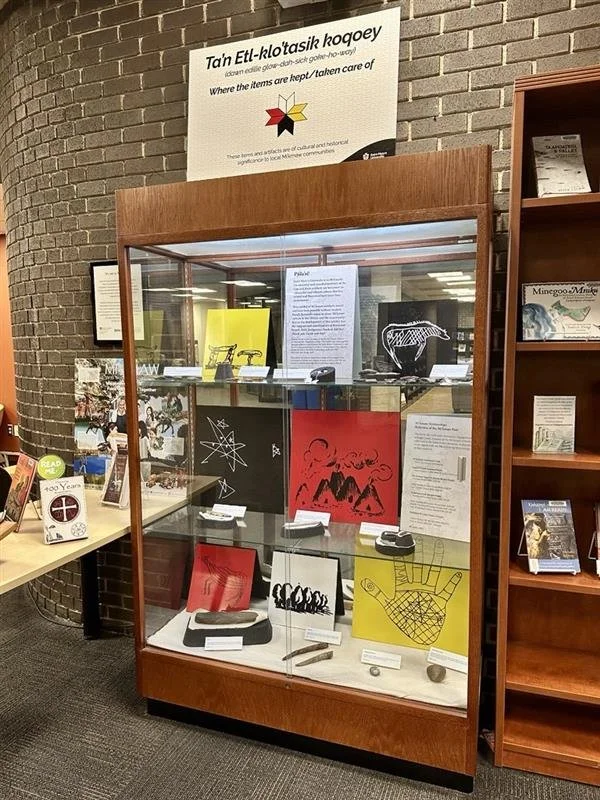Members of the SMU community joined during a Ribbons of Remembrance event during the 16 Days of Activism Against Gender-Based Violence
From November 25 to December 10, Saint Mary’s University joined in observing the 16 Days of Activism Against Gender-Based Violence – a global campaign dedicated to raising awareness, fostering dialogue and inspiring action to end gender-based violence.
Throughout the 16 days, students, faculty and staff participated in a series of educational, reflective and community-focused initiatives. Two cornerstone events–the inaugural Ribbons of Remembrance: Tied Together with Hope and the National Day of Remembrance and Action on Violence Against Women–anchored initiatives, alongside events including a ‘rethinking masculinity’ community panel, therapy dog drop-in, a learning display and a personal care product donation drive. Together, these initiatives served as powerful moments of collective reflection and remembrance, reaffirming Saint Mary’s commitment to a learning environment free from discrimination.
On December 5, members of the Saint Mary’s community gathered in the Quad for the inaugural Ribbons of Remembrance: Tied Together with Hope ceremony. Participants tied purple ribbons to the branches of a tree along the central campus pathway, honouring victims and survivors of gender-based violence.







The vigil was led by Dr. Shannon Dea, Provost and Vice-President, Academic and Research, who grounded the ceremony in shared responsibilities as good neighbours and stewards within Mi’kma’ki, while also acknowledging the disproportionate harms of gender-based violence experienced by Indigenous women, girls, and two-spirit people.
“I think that when we come together to hope together for a future without gender-based violence, we’re continuing in that tradition of being good neighbours and stewards,” said Dr. Dea.
“ “We are starting a new tradition of tying purple ribbons to hope for a future without gender-based violence. Hope is not optimism. If we were optimistic in the face of current circumstances, we wouldn’t be taking seriously the challenges that we all have to face. But hope is not optimism. Hope is what is going to put wind in our sails together to take on those challenges in order to keep fighting for a better, fairer, and safer future for everyone in our community.””
The ribbon-laden tree now stands as a visible reminder of Saint Mary’s commitment to fostering a campus community rooted in consent, safety, and respect.
On December 8, Saint Mary’s marked the National Day of Remembrance and Action on Violence Against Women with its annual ceremony honouring the lives taken in the Ecole Polytechnique massacre.





The ceremony opened with the Strong Women’s Song, performed by Professor Raymond Sewell – a powerful Indigenous women’s anthem for strength and survival, especially for Missing and Murdered Indigenous Women (MMIWG).
Through poetry, silence, personal accounts, and reflection, the ceremony created space for mourning and remembrance, as well as a collective renewal of commitment to action.
A solemn reading of the timeline of events from December 6, 1989, underscored the deliberate and explicit targeting of women in traditionally male-dominated academia, particularly within the engineering program. A rose ceremony, led by the Sexual Violence Prevention Initiative Athletic Ambassadors and Peer Educators, honoured each of the fourteen lives taken during the massacre.
““Violence is not only an individual act. It is shaped by cultural and structural forces as well. We see this in ongoing crises of discriminatory violence against specific communities and peoples, and it is important to highlight that these are interconnected expressions of the same beliefs about whose lives matter, whose safety can be compromised, and what will be protected at all costs.””
The ceremony concluded with a call to continued action, emphasizing that remembrance must be accompanied by sustained efforts to challenge harm, support survivors, and build safer spaces.
“The lives taken on December 6, 1989, are a stark reminder that gender-based violence can reach into the sanctuary of learning spaces where we should all have the opportunity to discover and grow together,” Dr. Michael Khan, President and Vice-Chancellor, acknowledged.
“Today we remember those lives, and we also stand with survivors of gender-based violence. Their strength, resilience, and courage often go unrecognized, yet they remain powerful reminders that gender-based violence is not only a chapter in our history but persists in our present. I encourage each of us to reflect on the ways we can contribute to a safer, more equitable campus, community, and society, where we can all be welcome to live, learn, and thrive together.”
Honouring leadership and service: Montreal Women’s Memorial Award
Mishka Hemmings
As part of the National Day of Remembrance and Action on Violence Against Women, Saint Mary’s also recognized the 2025 recipient of the Montreal Women’s Memorial Award, Mishka Hemmings, a first-year engineering student.
Originally from Jamaica and a first-generation student, Mishka was drawn to Saint Mary’s for its welcoming community and small, interactive classes. Passionate about using engineering as a force for good, Mishka aspires to become a civil engineer and hopes to one day develop a sustainable community that provides stability and opportunity for orphaned children.
Beyond her academic pursuits, Mishka is deeply committed to service. Through her charity, the Love Strong Foundation, she prepares and provides meals for individuals experiencing homelessness in Jamaica. Her dedication to community care, leadership, and service reflects the spirit of the award and the values it seeks to honour.
Year-round commitment and action at Saint Mary’s
While the 16 Days of Activism provide a focused period for awareness and engagement, the work to end gender-based violence continues year-round. Together, these events reinforce Saint Mary’s commitment to education, community care, and action, reminding us that together we can and must drive meaningful change.
To learn about Saint Mary’s policies, initiatives, leadership and learning opportunities, and events, visit the Sexual Violence Support Centre online.

